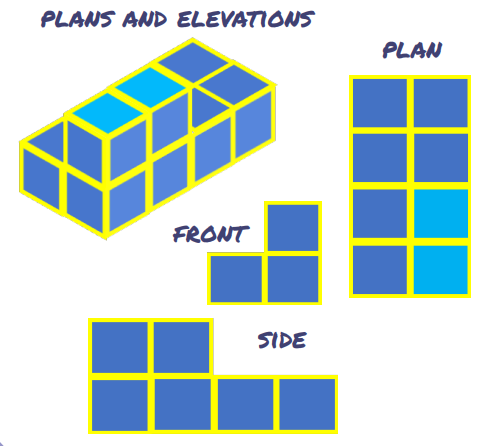26 Principals of Dimensioning
Metric and Imperial Conversions
Most shops have conversion charts that give the conversions between the metric and imperial systems most useful to your trade. Specification guides will usually give you both metric and imperial measurements if appropriate.
Converting units of length
Convert 12 inches to cm
12 inches X 2.54 cm / 1 inch = 12 X 2.54 cm = 30.48 cm
38 mm X 1 inch / 254 mm = 38 X 1 inch /254 = .1496 inches
————————————————————————————-
Convert 123 miles to kilometers.
1 mile = 1.609 km
Geometric Shapes
When we think of geometry, we usually think about angles, circles, triangles, and squares. Geometry is simply the study of points, lines, planes, and space. Almost every machine or handmade construction involves using geometry; walls must be straight, fences must be level, and shapes have to be fitted properly. Whenever triangles, rectangles, and circles are constructed, geometry is being used.
Principles of Dimensioning
A good sketch of an object is one that you can use as a blueprint to manufacture the object. Your sketch must show all the necessary dimensions of the part, locate any features it may have (such as holes and slots), give information on the material it is to be made from, and if necessary, stipulate the processes to be used in the manufacturing of the object.
Plan and Elevation Views
In order to get a better perspective on anything in life, we have to look at it from many different angles. Plans and Elevation views in Blueprint drawings are a way of showing a 3-dimensional objects on paper.
There are 3 views to a 3-D shape:
You see the elevations in the front and side views, and the top of the 3-D object is known as the Plan View.


